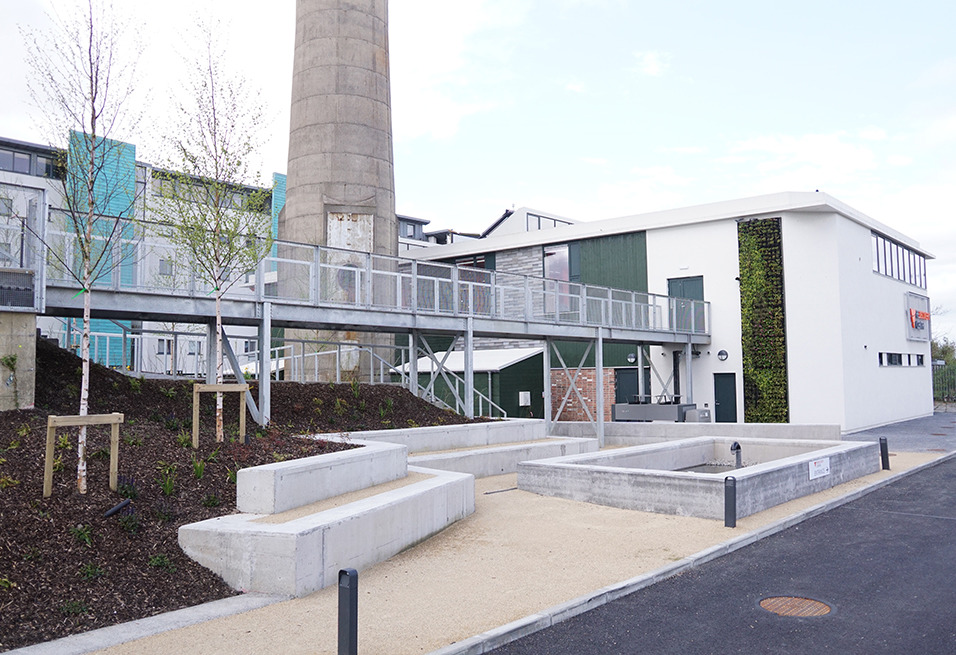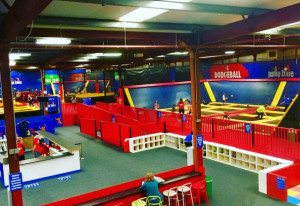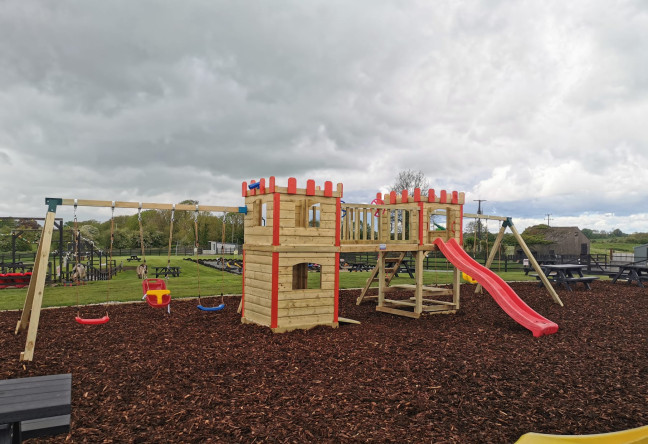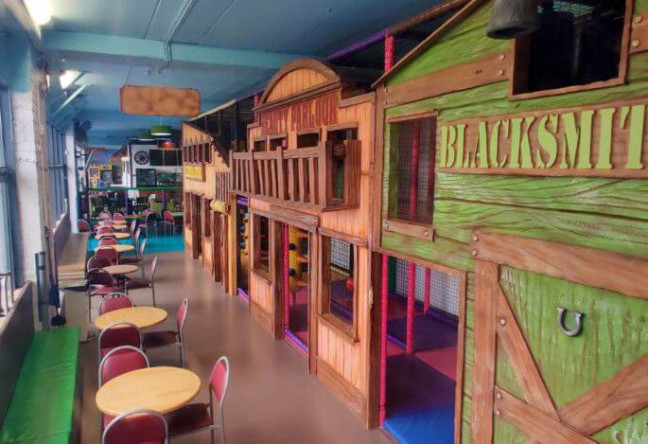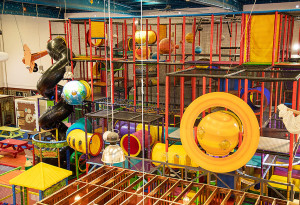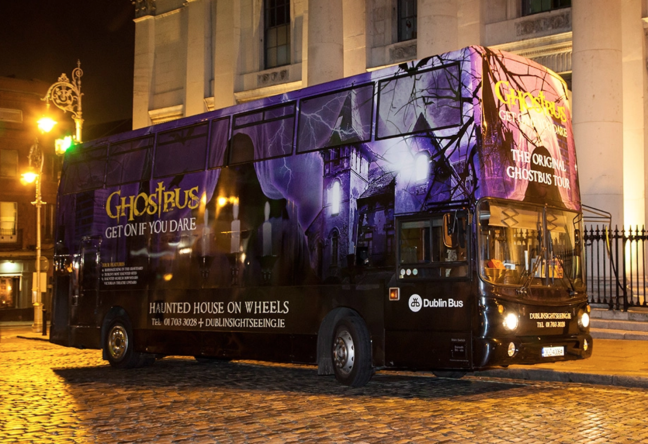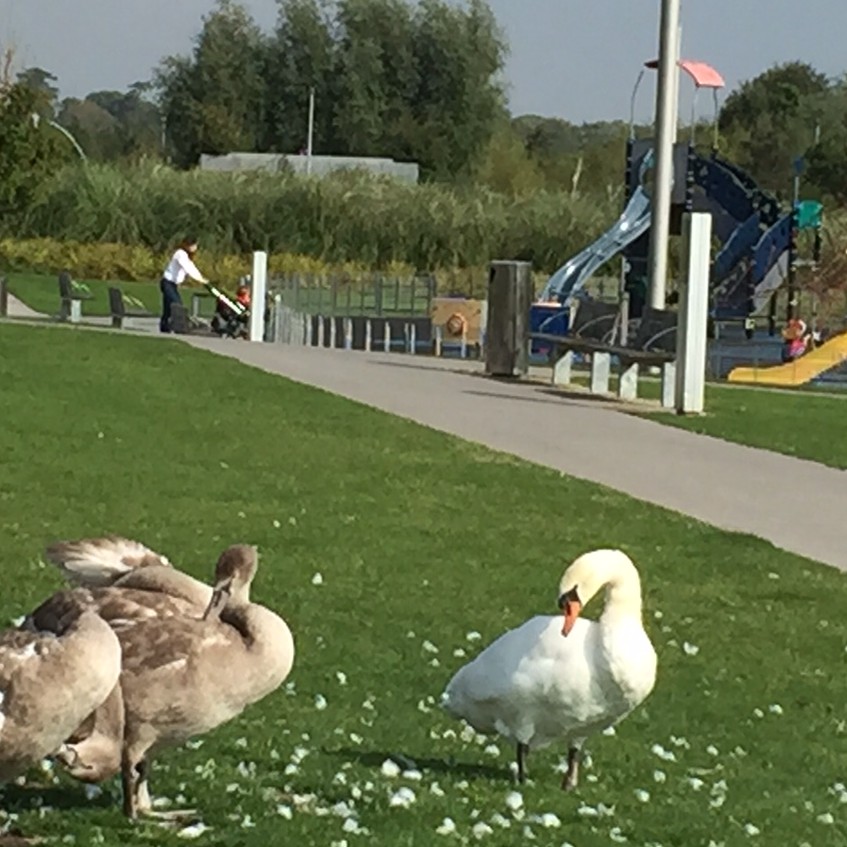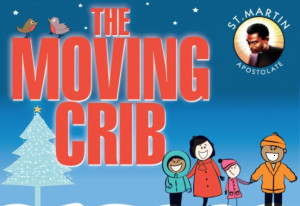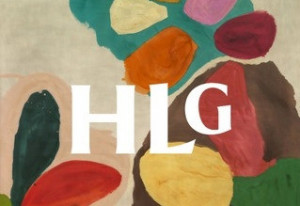
At No.14 Henrietta Street we are developing a museum dedicated to the understanding of the history of urban life and housing in Ireland, through people and memory. To this end, we have embarked upon a major conservation and adaptive reuse project. The museum will open to the public mid 2017. We will showcase the architectural heritage and rich and varied social history of the house and the street from its 18th century Georgian beginnings to its transformation at the end of the 19th century as a street of tenements housing over 900 people. To inform the project a number of post-doctoral research projects have been embarked upon. We are researching the first (mid-18th century) residents of the street and their complex social and political inter-connections and rivalries. We are seeking to understand the changes to the street and the wider Gardiner Estate in the 19th century, and its eventual decline. We are completing an oral history project with the National Folkore Collection UCD to record the memories of people who have lived in the Henrietta Street tenements and other streets during the second half of the 20th century. We would love anyone who has family connections and memories associated with life in tenement Dublin to make contact with us and share their stories or even mementos of life then. The conservation of this house has been supported by grant funding by the Heritage Council (Buildings at Risk Grant Scheme), Department of Arts Heritage and the Gaeltacht (Civic Structures Grant Scheme) and more importantly the generous grant-in-aid from the Department's Centenaries Capital Budget. A Potted History of 14 Henrietta Street No.14 Henrietta Street was built c. 1747-52 along with Nos. 13 and 15 as a single building campaign by Luke Gardiner, who laid out the street in 1721. The development was his last on the street and as his speculative building interests had already moved eastwards in the ever expanding Gardiner estate to Sackville Street these three houses are examples of the 'economic rationalism' of the property developer. The house was first lived in by Richard Molesworth who was Commander in Chief of the Irish Army, and then by John Bowes, Lord Chancellor of Ireland, who lived in no. 14 until his death in 1769. It is not currently known who lived in no.14 from the 1770s until the mid‐1790s. Charles Viscount Dillon is recorded to have lived there for approximately five years until 1799. During the first half of the 19th century,...



